Tatarstan gathers pace as industrial output rises by 6.6%

Tatarstan continues to strengthen its position in Russia's industrial production. In the first quarter of 2025, the industrial production index (IPI) in the republic reached 106.6%. A year earlier, it stood at just 101.9%. The republic has improved its standing in the Volga Federal District, and has also surpassed Moscow and the Moscow region in this indicator, although it still lags behind St Petersburg — this amid a slowdown in the Russian economy and persistently high lending rates. What is driving the growth of Tatarstan's industry, and can the region maintain this pace until the end of the year — the analytical service of Realnoe Vremya has investigated.
Manufacturing in Tatarstan has grown by 13.7%
Industrial production in Tatarstan in the first quarter of 2025 increased by 6.6%, with manufacturing rising by 13.7%, while mineral extraction declined by 4.5%.
If we look at how industrial production in the republic changed month by month, compared to the same period last year, it grew by 4.9% in January, by 5.6% in February, and by 9.7% in March.
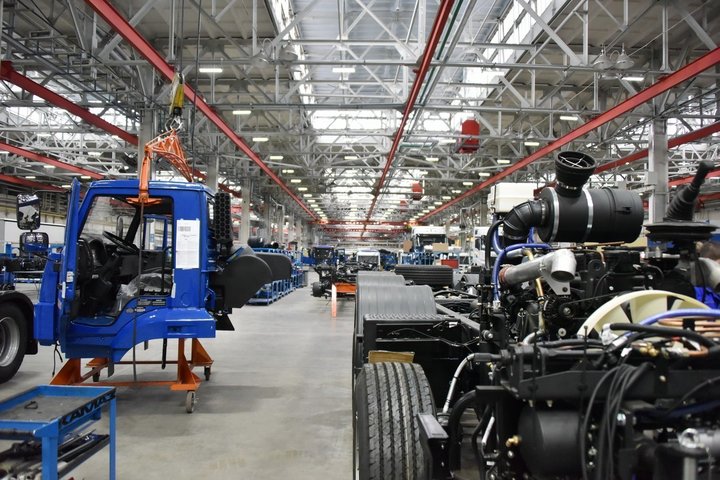
Compared to the previous month of this year, the dynamics of industrial production in March proved even more impressive. In January, following December 2024, industrial production fell by 19.6%; in February, there was a slight increase compared to January — up 0.6%, while in March 2025 growth reached 11.5%.
In the first three months of 2025, industrial products, goods, and services worth 1.4 trillion rubles were shipped in Tatarstan, with just over 1 trillion rubles in manufacturing and 248.2 billion rubles in mineral extraction. The largest contributions in manufacturing came from the production of coke and petroleum products (301 billion rubles), chemicals (149.7 billion rubles), motor vehicles, trailers and semi-trailers (95.2 billion rubles), food products (88.4 billion rubles), rubber and plastic products (56.7 billion rubles), and machinery and equipment (41 billion rubles).
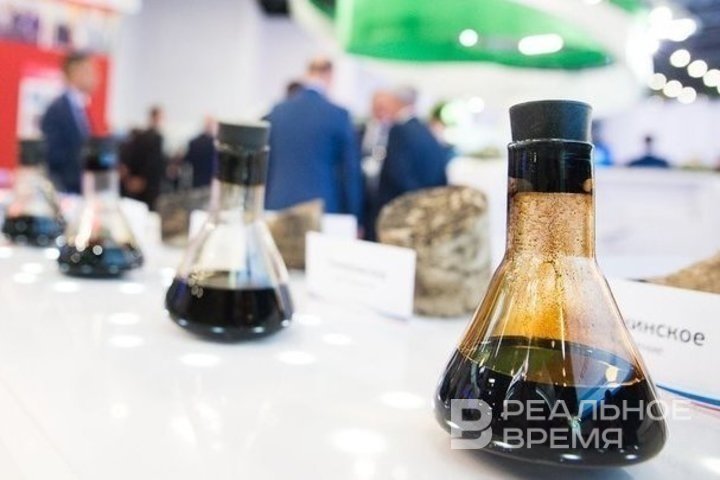
By comparison, in the first quarter of last year, products, goods, and services worth 1.2 trillion rubles were shipped in Tatarstan, with 879.4 billion rubles in manufacturing and 283 billion rubles in extraction. Industrial production growth over the three months of 2024 amounted to just 1.9%.
The fastest-growing sectors in Tatarstan in the first quarter of 2025 were rubber and plastic products (+35.1%), metallurgical production (+21.3%), furniture manufacturing (+20.5%), motor vehicles, trailers and semi-trailers (+10.2%), and chemicals and chemical products (+9.5%).
Top 5 fastest growing industry sectors in Tatarstan
Sector | Industrial production index | |
1 | Production of rubber and plastic products | 135,1% |
2 | Metallurgical production | 121,3% |
3 | Furniture manufacturing | 120,5% |
4 | Production of motor vehicles, trailers, semi-trailers | 110,2% |
5 | Production of chemicals and products | 109,5% |
A decline was recorded in the production of clothing (-28.4%), textiles (-15%), pharmaceuticals and materials (-14.2%), electrical equipment (-12.4%), and fabricated metal products (-10.5%).
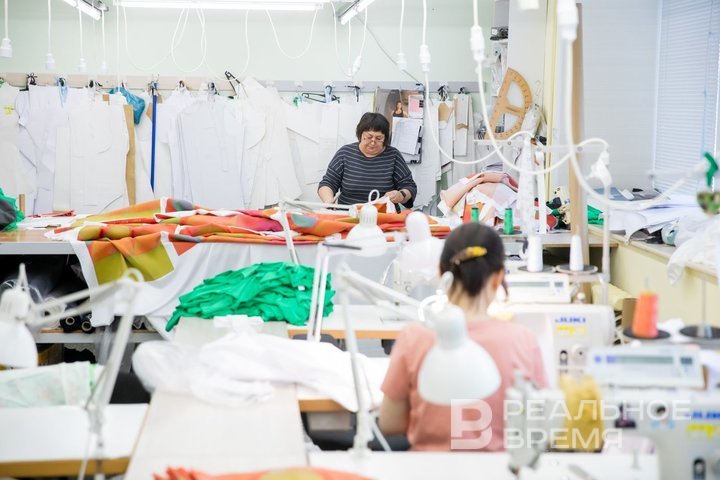
Top 5 industries of Tatarstan showing a decline
Sector | Industrial production index | |
1 | Clothing manufacturing | 71,6% |
2 | Manufacture of textiles | 85% |
3 | Production of medicines and materials | 85,8% |
4 | Manufacture of electrical equipment | 87,6% |
5 | Production of finished metal products | 89,5% |
Tatarstan has surpassed Moscow in growth
Among Russian regions, the highest industrial production index is held by the Chukotka Autonomous Okrug (128.6%), Kurgan region (120.7%), and Khabarovsk Krai (116%). In the Volga Federal District, Tatarstan is outpaced in industrial production index by the Udmurt Republic (112.6%), Chuvashia (109.8%), and Ulyanovsk region (107.7%).

The lowest industrial production indices in Russia in the first quarter of 2025 were recorded in Dagestan (65.7%), North Ossetia (75%), and the Republic of Kalmykia (88.6%).
In the Leningrad region, the industrial production index in the first quarter stood at 100.2%, in the Nizhny Novgorod region — 104.9%, and in the Moscow region — 105.2%. In Moscow, it was 105%, and in St Petersburg — 106.7%.

In the first case, the statistics most likely reflect the launch in 2024 of the Wagnermaier plant for the production of curtain-sided long-haul semi-trailers in the Alabuga Special Economic Zone; in the second, the expansion of fertiliser production. Among the less prominent sectors, growth in manufacturing was supported by the production of rubber and plastic products (+35.1%), metallurgical production (+21.3%), furniture manufacturing (+20.5%), and the production of machinery and equipment not included in other categories (+25.9%).
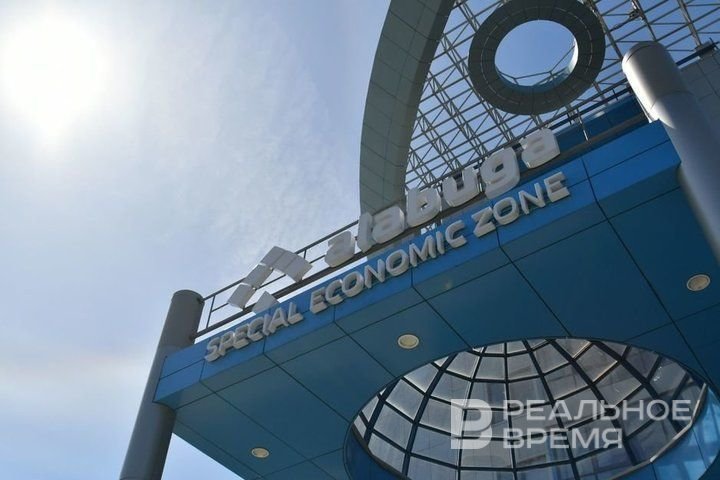
Nationwide figures are more modest due to a decline in the extraction sector (-3.7%) and in electricity, gas, steam supply, and air conditioning (-3.9%). The downturn in the extraction sector is driven by trends in oil and gas production. Meanwhile, manufacturing in Russia grew by only 4.7%, compared to +13.7% in the Republic of Tatarstan.
Most likely, the industrial production index in Tatarstan for 2025 will be below 106%, Bukharsky forecasts: “Firstly, the high growth rates in the early months of 2025 are partly due to the base effect — minimal production growth in the first months of 2024 (the industrial production index for January–March 2024 was 101.9%), with acceleration in the second half of the year (105% for January–December 2024). Secondly, in the current Forecast of the Socio-Economic Development of the Republic of Tatarstan for 2025–2027, the industrial production index for 2025 is projected at the level of 103.1%.”
Maintaining such growth rates may prove challenging
“Industrial production growth in Tatarstan in the first quarter of 2025 (6.6%) significantly exceeded the nationwide rate (1.1%). At the same time, the decline in mineral extraction (-4.5%) is only slightly above the national figure (-3.7%), whereas in manufacturing, growth (13.7%) is considerably higher than the country’s overall rate (4.7%),” comments Olga Belenkaya, the head of macroeconomic analysis at Finam Group.
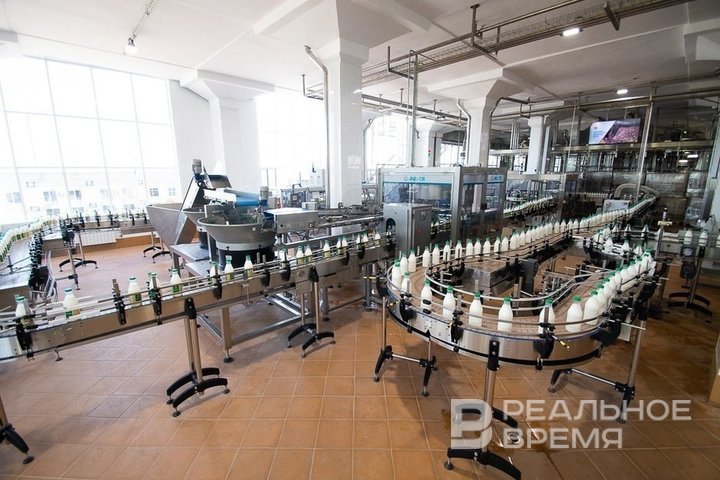
The results of the first quarter may have been influenced by the low base effect from the previous year: in the first quarter of 2024, manufacturing in Tatarstan grew by only 3.5% compared to the first quarter of 2023, while across Russia as a whole the growth was significantly higher (+9%).

The chemical industry is one of Tatarstan’s leading sectors and makes a significant contribution to the region’s gross regional product. Another key industrial sector in Tatarstan is the automotive industry, including KAMAZ. “The production of motor vehicles, trailers, and semi-trailers in the first quarter of 2025 grew by 10.2%. For comparison, across Russia as a whole, output in this category declined by 9.5%. However, truck production (motor freight vehicles) in Tatarstan decreased by 9.7%. The food industry, which accounted for more than 8% of the total value of Tatarstan’s manufacturing output, grew by 3.6%,” the expert notes.
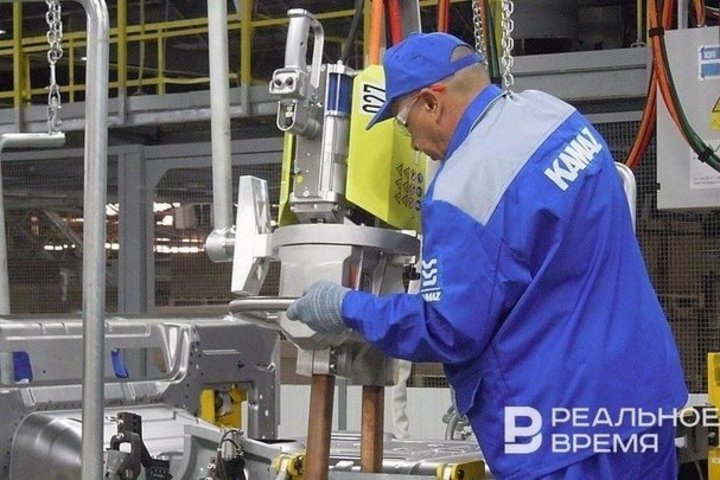
The dynamics of certain less significant sectors for the region were also atypical compared to the national trend. These include metallurgical production (+21.3%), the production of machinery and equipment not included in other categories (+25.9%), and furniture manufacturing (+20.5%). Across Russia as a whole, these industries showed negative dynamics in the first quarter of 2025.
At the same time, in the largest sector of the region’s manufacturing industry — the production of coke and petroleum products, which accounts for around 28% of the manufacturing structure — output declined by 0.8%.
In the first quarter of 2025, compared to the rest of Russia, Tatarstan saw a decrease in production in industries often associated with state defence orders (the production of fabricated metal products and the manufacture of computers, electronic and optical products), as well as in the output of pharmaceuticals and medicinal products.
“Despite the strong industrial performance of Tatarstan in the first quarter of 2025, maintaining such growth rates throughout the year may prove challenging,” believes Belenkaya. “This is particularly due to the lack of growth in key industrial sectors of Tatarstan, such as mineral extraction (which accounts for almost 18% of the total value of industrial products shipped in the first quarter of 2025, higher than the national average), and in the production of coke and petroleum products (21.7% of the total volume).”